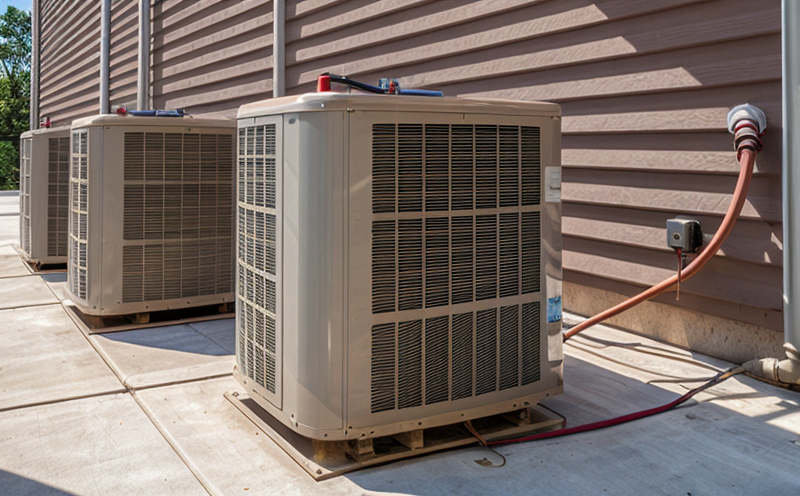ISO 16813 Building Environment Design
The International Organization for Standardization (ISO) has established ISO 16813 as a comprehensive guideline for the design of building environments. This standard is pivotal in ensuring that HVAC and other building systems are designed to provide a healthy, comfortable, and energy-efficient indoor environment. The standard covers aspects such as air quality, temperature, humidity, lighting, acoustics, and more.
The scope of ISO 16813 includes:
- Designing HVAC systems that meet the comfort requirements of occupants
- Ensuring proper ventilation to maintain indoor air quality
- Optimizing energy consumption through efficient system design
- Minimizing the risk of mold and other harmful organisms in building environments
The standard is widely applicable across various sectors, including residential, commercial, and industrial buildings. It ensures that all stakeholders—designers, engineers, builders, and occupants—are aligned towards creating spaces that are not only functional but also sustainable.
At Eurolab, we understand the importance of adhering to ISO 16813 standards in HVAC design. Our team of experts works closely with architects, engineers, and other professionals to ensure that every aspect of the building's environmental design meets or exceeds the requirements set by this standard.
The process involves:
- Initial consultation to understand project-specific needs
- Detailed design review using state-of-the-art software and tools
- Simulation of environmental conditions to predict performance under real-world scenarios
- Continuous monitoring during construction to ensure compliance with the standard
We use sophisticated simulation tools, such as EnergyPlus and Trnsys, to model HVAC systems. These simulations help us identify potential issues early in the design phase, allowing for timely adjustments that enhance both comfort and efficiency.
Our team also emphasizes sustainability throughout the process. By incorporating energy-efficient designs and minimizing environmental impacts, we contribute significantly to reducing a building's carbon footprint. This aligns with broader industry trends towards more sustainable practices and compliance with green building certifications such as LEED or BREEAM.
Eurolab Advantages
At Eurolab, we pride ourselves on offering unparalleled expertise in ISO 16813 Building Environment Design. Our advantages include:
- Comprehensive Knowledge Base: Our team consists of seasoned professionals with deep knowledge and experience in HVAC design.
- Advanced Simulation Tools: We utilize the latest simulation software to ensure accurate modeling and prediction of environmental conditions.
- Strategic Partnerships: Collaborating with leading industry experts ensures that we stay at the forefront of best practices and innovations.
- Dedicated Client Support: Our clients receive personalized attention from start to finish, ensuring their specific needs are met.
- Eco-Friendly Solutions: We prioritize sustainable design choices to minimize environmental impact.
Quality and Reliability Assurance
Ensuring the quality and reliability of our services is paramount. At Eurolab, we adhere strictly to ISO standards and employ rigorous quality control measures:
- Compliance with International Standards: We ensure that all our work complies with international standards such as ISO 16813.
- Detailed Documentation: All design processes are meticulously documented, providing a clear audit trail for quality assurance.
- Regular Audits: Periodic internal and external audits ensure continuous improvement and adherence to standards.
- Client Feedback: We actively seek feedback from clients to identify areas for enhancement and improve our services further.
Environmental and Sustainability Contributions
At Eurolab, we are committed to contributing positively to the environment. By adhering strictly to ISO 16813 standards, we ensure that HVAC systems are designed not only for comfort but also for sustainability:
- Energy Efficiency: Our designs minimize energy consumption, reducing operational costs and carbon emissions.
- Maintaining Indoor Air Quality: We employ measures to control pollutants and ensure fresh air supply.
- Water Conservation: Efficient water use is integrated into the design of HVAC systems.
This approach aligns with broader sustainability goals, supporting certifications such as LEED or BREEAM. By implementing these measures, we contribute to a greener future while ensuring that buildings are fit for purpose and comfortable for occupants.





